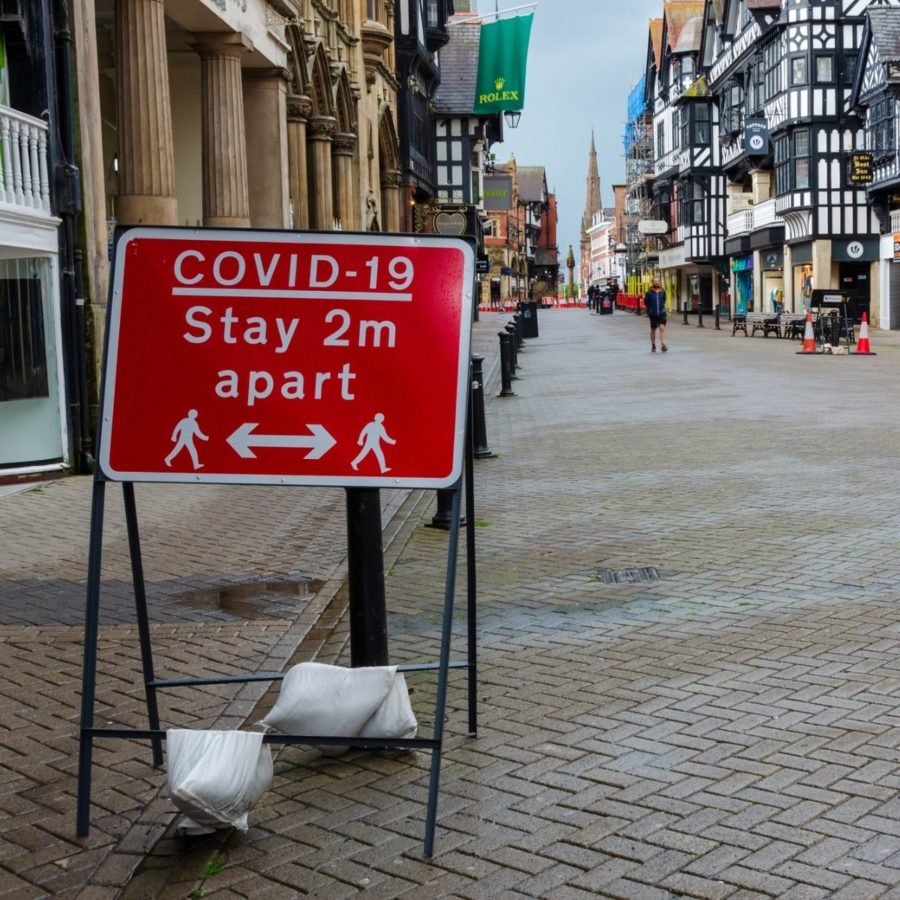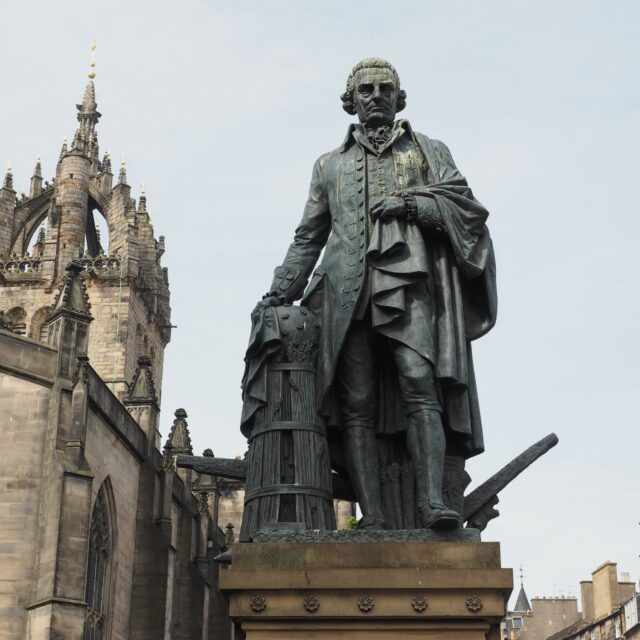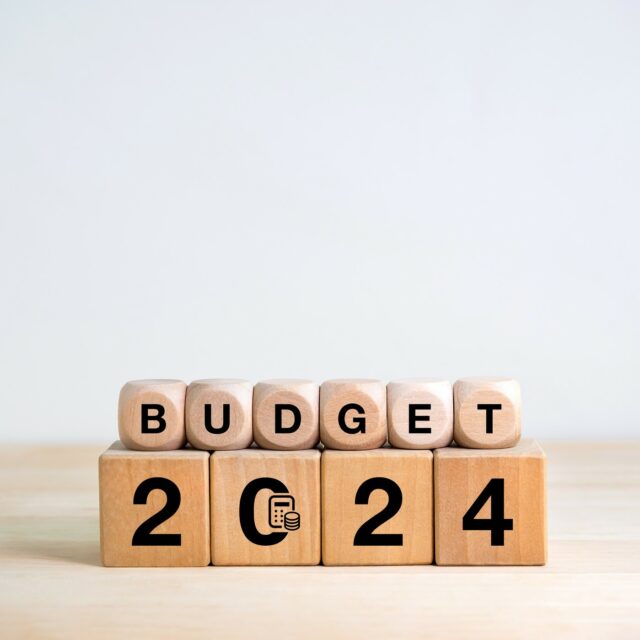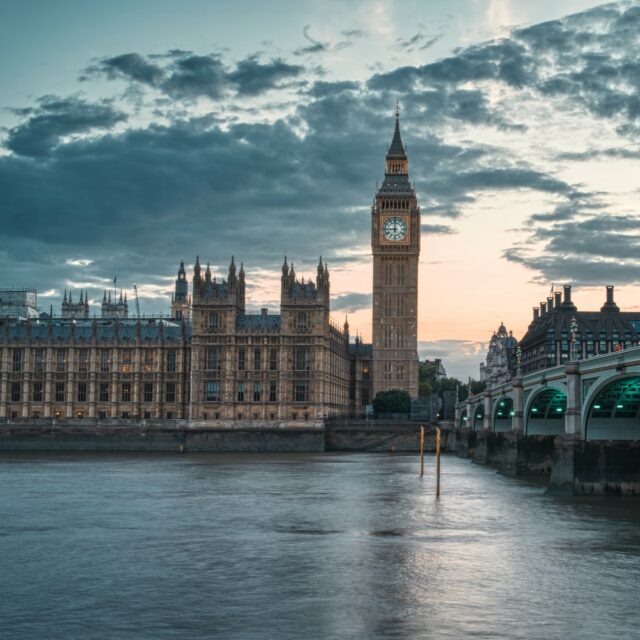Circuit Breakers Rather Than Lockdowns
NIESR Visitor, Hector Calvo-Pardo, argues for more imaginative use of circuit breakers to smooth the growth of pandemic infection and also to militate against the business costs of unanticipated lockdowns of uncertain duration.

As Omicron overtakes Delta, in some strange Spartan advance, it seems increasingly clear that Covid-19 is here to stay and although substantial fractions of the overall population are fully vaccinated, infection rates are spiking up again. We have already seen Chile, Israel, Singapore or Vietnam having to impose ‘lockdowns’ of different sorts and forms, but all ‘highly restrictive’ and in consequence, all exacting a heavy economic toll. This week, the UK appears to have reached a cross-road where, just like this time last year, we had to move from ‘no restrictions’ to a ‘plan B’, but with the option of even more severe restrictions on daily economic activity very much in the money. I argue for working through an intermediate form of lockdown, which would be pre-announced and work like Bank Holidays – as they would allow people to plan around them but could be announced as circuit breakers as soon as it seems likely that the growth in infections will become exponential.
Proponents of more restrictions on social interactions are public health officials and experts, as well as NHS executives and cautious members of the general population, who are generally older. Those who tend to be against further restrictions include many in the government, business and those in the general population, generally the young who believe that ‘we cannot afford it’ any longer, either economically or in terms of mental well-being. Indeed, the economic cost of further lockdowns will disproportionately affect current and future generations through a further escalation in the debt burden. There must also be a concern ultimately about personal freedom to move and live one’s life.
While it is clear that we do not understand the mortality associated with new variants as they appear, the lags in finding out and the scope for exponential growth while we do screams for a new form of lockdown instrument. One that can deal with the uncertainty associated without entering yet another complete lockdown of uncertain duration. That is, one subject to a condition such as ‘once the R0 falls below 1 we will progressively lift restrictions’. Instead, and just as it was argued this time last year, the government could introduce lockdowns of a short and pre-determined duration, in the form of circuit breakers. These could operate over a small number of days for the whole of a day or even for part of a day, for example, the evening. The basic idea is to limit interactions at a fixed point in time so that the spread of the virus is more gradual than it would otherwise be. But also that they would be pre-announced which will provide some ability for businesses to plan ahead, helping them then to ‘spread its cost’ through time. More generally, the uncertain evolution of infection rates in a population is best managed as a flow rather than a stock: instead of imposing draconian measures once some threshold is reached, at which point both the death and the economic cost are likely to be very high, developing the option to impose short ‘circuit breakers’, rather like Bank Holidays that have been used to help guard against bank runs, which can be deployed relatively regularly, will help keeping the flow of infections under the threshold, as well as the cost of them: businesses will be able to plan ahead and have the opportunity to spread them in time in a forecastable manner.
The author would like to acknowledge and thank Jagjit S. Chadha, Adrian Pabst and Flavio Toxvaerd for their helpful conversations and comments.







